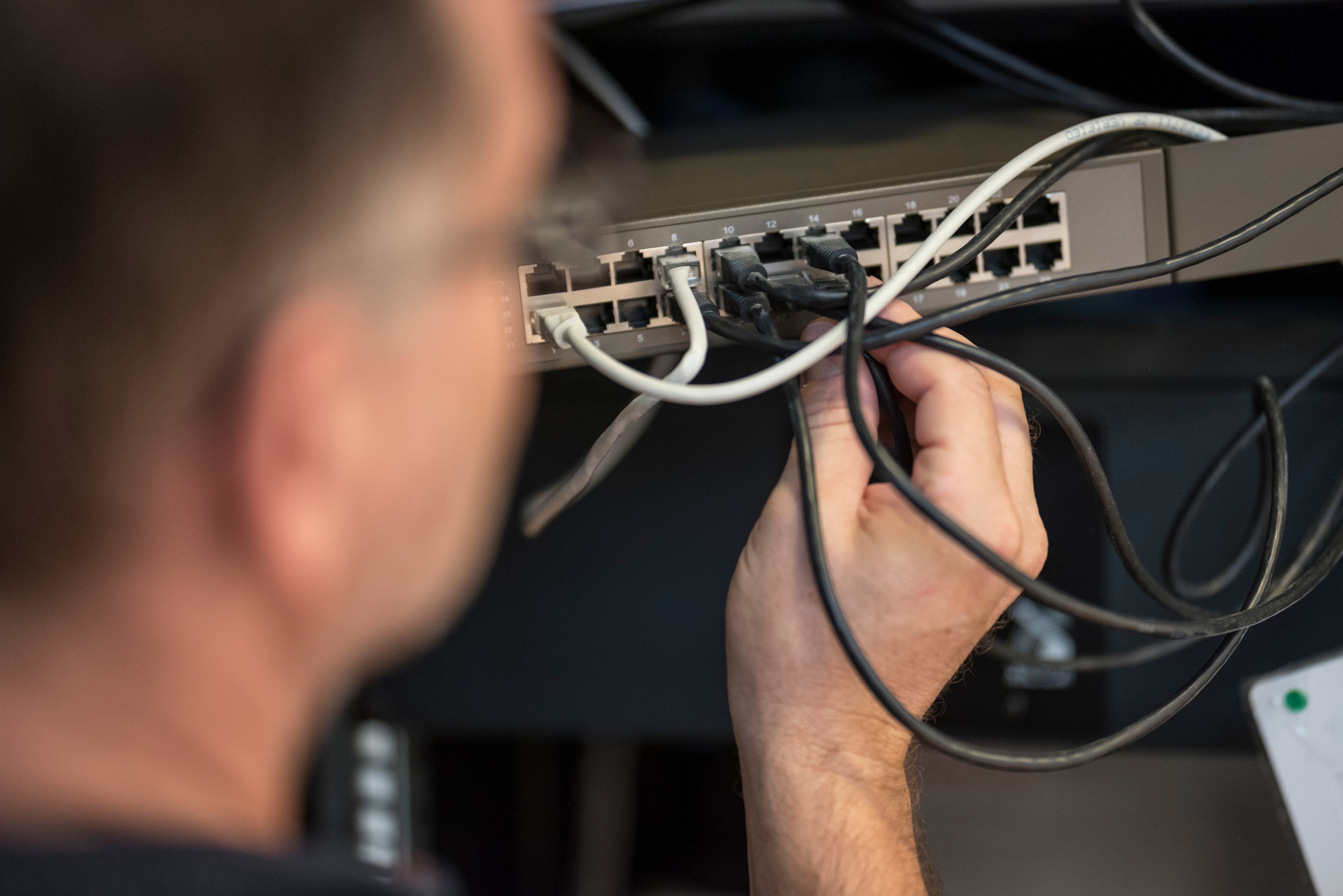Nokia's (NOK 0.15%) new Android phone, the Nokia 6, reportedly sold out within the first minute on its launch day in China. The device was offered briefly in an online flash sale, although Nokia didn't disclose how many units were actually offered. However, over a million people reportedly registered for the flash sale.

The Nokia 6. Image source: Nokia.
The Nokia 6 is a mid-range device which sports a Snapdragon 430 chipset, 4GB of RAM, a 16-megapixel rear camera, 8-megapixel front camera, a 3,000 mAh battery, and a 5.5" screen. The device, which is only available in China for now, costs around $245 and runs Android 7.0 out of the box.
Those specs don't sound too impressive, but the device marks Nokia's long-awaited return to the smartphone market. But before investors start thinking that this is the start of Nokia's comeback, they should understand that Nokia's smartphone business changed considerably after it sold its handset unit to Microsoft (MSFT +0.30%) back in 2014.
The evolution of Nokia's smartphone business
After Nokia sold its handset unit to Microsoft, it signed a non-compete agreement with Microsoft which barred it from selling new mobile devices until the end of 2016. During the following two years, Microsoft dropped the Nokia branding from its Lumia devices, and tried using them to grow Windows Phone's market share against iOS and Android. That effort flopped, and Windows Phone now controls less than 1% of the smartphone market. Admitting defeat, Microsoft took a $7.6 billion writedown on the unit, laid off most of the handset unit, and reduced the number of annual Lumia launches.
During that time, Nokia formed a new business unit called Nokia Technologies, which housed its patent portfolio and developed experimental new products like the Ozo VR camera. Nokia then realized that it could license out its design, patents, and branding to other companies that wanted to create Nokia-branded devices. This strategy enabled Nokia to keep its brand relevant and collect low-risk royalties without shouldering any production costs.

Nokia's N1 tablet. Image source: Nokia.
Since Nokia was prohibited from launching new phones, it licensed out its brand to Foxconn to create the N1 Android tablet for China in early 2015. Nokia and Foxconn used a flash sale strategy for the N1, proclaiming that the device sold out "within minutes" each time -- although the first batch only included 20,000 units. Nokia then realized that it could apply the same strategy to the smartphone market once the non-compete agreement expired.
The birth of HMD Global
For that purpose, private equity fund Smart Connect formed a new company, led by former Nokia executives, called HMD Global last year. HMD obtained the exclusive global license (excluding Japan) to create Nokia-branded phones and tablets over the next decade, and signed a contract to exclusively source the production of the devices to Foxconn's subsidiary FIH Mobile. HMD and FIH Mobile also co-purchased Nokia's feature phone business from Microsoft last May.
The creation of HMD Global meant that HMD and Foxconn would produce brand new Nokia devices while paying Nokia Technologies a steady stream of royalties. This means that robust sales of new Nokia handsets would benefit HMD much more than Nokia, but Nokia would be insulated from any downside risks.
But can Nokia smartphones become relevant again?
Nokia devices face a long uphill battle to becoming relevant again in the highly saturated smartphone market. The Android market in China is a particularly brutal one flooded with low-margin players. Even Xiaomi, the former Chinese market leader which lost its crown to Huawei in late 2015, admitted that it didn't make any money from its smartphone sales last November.
Nokia's design and specs don't really stand out in the Chinese market, so HMD is likely counting on Nokia's brand strength and the hype of flash sales to boost demand. While the initial reports of the Nokia 6 "selling out" are encouraging, the lack of actual sales figures indicate that it's just an attempt to generate hype like the claims of its N1 tablets "selling out" during its flash sales. Therefore, investors should keep an eye on the Nokia 6's reception in China, but they shouldn't believe that it signals a comeback for Nokia in the smartphone market.







